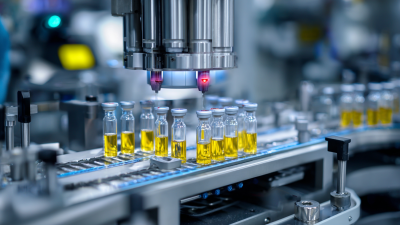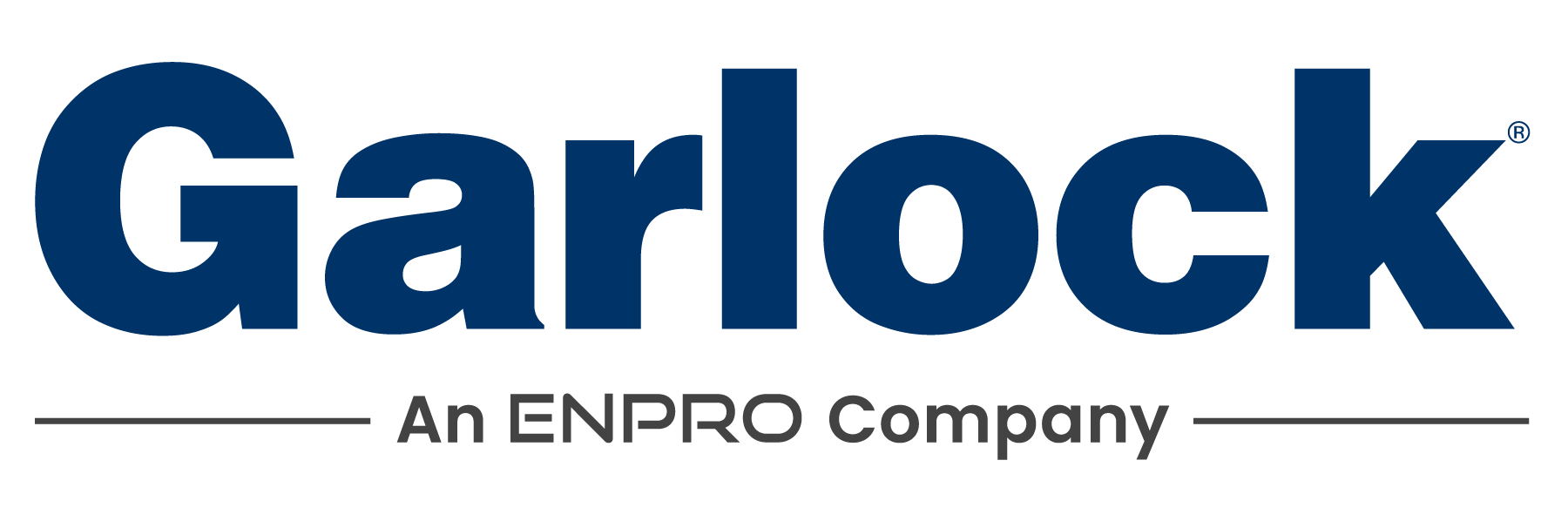Understanding the Role of API in Pharmaceutical Industry Innovation and Development
In the rapidly evolving landscape of the pharmaceutical industry, the significance of Active Pharmaceutical Ingredients (APIs) cannot be overstated. APIs are the essential components that determine the therapeutic effectiveness of medicines, and their development is critical for pharmaceutical innovation and the delivery of new treatments. This article aims to explore how APIs are at the forefront of pharmaceutical advancements, reshaping the way we approach drug formulation and development. By understanding the intricate processes involved in API pharmaceutical production, we can uncover the challenges and opportunities that lie within this sector. From regulatory hurdles to technological innovations, a deeper examination of APIs reveals their pivotal role in enhancing drug efficacy and safety. This comprehensive overview will serve as a guide for stakeholders seeking to navigate the complexities of API pharmaceutical development and leverage their potential for future breakthroughs.

The Impact of API Technology on Drug Discovery Processes
The global active pharmaceutical ingredient (API) market is projected to grow significantly, from $209.8 billion in 2024 to $359.12 billion by 2032, reflecting a compound annual growth rate (CAGR) of 6.9%. This growth is driven by the increasing demand for innovative drug compounds and the rising need for more effective treatments in the pharmaceutical industry. As APIs play a crucial role in drug formulation and development, their technological advancements are pivotal in enhancing drug discovery processes.
Tips: To stay competitive in the evolving market, pharmaceutical companies should leverage emerging technologies such as generative AI. Integrating AI tools can streamline the drug development pipeline, expedite discovery, and reduce costs. Companies embracing these innovations can potentially disrupt the traditional "30% success rate" paradigm in drug development.
Moreover, the Contract Development and Manufacturing Organization (CDMO) sector for APIs is also experiencing a surge, with a market size expected to reach $101.4 billion in 2023, supported by the increasing adoption of generic medications. As the landscape shifts, stakeholders must adapt to these changes by strategically investing in API capabilities and technology to advance their drug discovery objectives efficiently.
Enhancing Collaboration Through API Integration in Pharmaceuticals
The pharmaceutical industry is increasingly leveraging Active Pharmaceutical Ingredients (API) integration to enhance collaboration among stakeholders, driving innovation and efficiency in drug development. According to a recent report by Grand View Research, the global API market is projected to reach USD 217.8 billion by 2027, growing at a CAGR of 6.4%. This growth underscores the importance of APIs not only as the central component of drug formulation but also as a catalyst for collaboration between pharmaceutical companies, contract manufacturers, and regulatory bodies.
Enhanced API integration allows for streamlined workflows and improved communication among pharmaceutical partners. For instance, organizations that adopt API-centric platforms report a 30% reduction in time-to-market, as highlighted in a study by Frost & Sullivan. By utilizing standardized APIs, companies can share critical data in real-time, ensuring that all parties are aligned on project goals and timelines. Furthermore, this collaborative approach fosters innovation, enabling companies to rapidly adapt to market changes and consumer needs, ultimately leading to the development of more effective therapies. As the industry continues to evolve, the role of API integration will be pivotal in shaping the future of pharmaceutical innovation and collaboration.
Regulatory Considerations for API Usage in Drug Development
In the pharmaceutical industry, Active Pharmaceutical Ingredients (APIs) play a crucial role in drug development. However, the journey from API synthesis to market authorization is fraught with regulatory considerations that must be addressed to ensure safety and efficacy. Regulatory bodies require extensive documentation and testing of APIs to confirm that they meet established standards. This includes rigorous quality control measures, adherence to Good Manufacturing Practices (GMP), and compliance with international guidelines like ICH Q7. Understanding these requirements is essential for any pharmaceutical company involved in drug development.
Tips: Always stay updated on the latest regulations from agencies such as the FDA or EMA. Regular training sessions for your team can help reinforce compliance and foster a culture of quality throughout the organization.
Moreover, when developing a new drug, the choice of API can significantly impact the regulatory pathway. Companies must evaluate the drug's pharmacokinetics and pharmacodynamics, ensuring that the API is not only effective but also safe. Early engagement with regulatory authorities can facilitate smoother approvals, allowing for quicker time-to-market for innovative treatments.
Tips: Consider leveraging advisory services for regulatory strategy early in the development process to identify potential hurdles and streamline the application process.
API Usage in Drug Development: Regulatory Considerations
Innovative Case Studies: Successful API Implementations in Pharma
In recent years, the pharmaceutical industry has witnessed a significant transformation driven by the effective use of Active Pharmaceutical Ingredients (APIs). Innovative case studies highlight successful implementations where APIs have streamlined drug development processes and led to the creation of more efficient medications. For instance, a prominent case involves a company integrating a cutting-edge API synthesis platform that reduced time-to-market for a key therapeutic drug. By optimizing the API manufacturing process, this pharmaceutical giant not only enhanced the purity and yield of its product but also significantly cut production costs, reinforcing its market position.

Another illustrative example can be found in the development of biologic drugs. A leading biotech firm leveraged novel API technologies to produce a monoclonal antibody with improved efficacy and safety profiles. This initiative allowed the company to address unmet medical needs in oncology, demonstrating how innovative API strategies can contribute to significant advances in treatment options. By investing in state-of-the-art API research and development, these companies are not just improving their product portfolios, but are also paving the way for groundbreaking therapies that can change the landscape of patient care.
Future Trends: The Evolving Role of API in Pharmaceutical Innovation
The evolving role of Active Pharmaceutical Ingredients (APIs) is shaping the landscape of pharmaceutical innovation. In recent years, the global API market has been experiencing significant growth, driven by the increasing demand for generic drugs and biologics. According to a report by Grand View Research, the global API market size was valued at approximately $169.42 billion in 2021 and is expected to expand at a compound annual growth rate (CAGR) of 6.2% from 2022 to 2030. This growth underscores the vital position APIs hold in the drug development process, as they are fundamental components that determine the therapeutic effectiveness of pharmaceuticals.

Looking ahead, trends indicate a shift towards more sustainable and advanced API manufacturing practices. The integration of technology, such as automation and artificial intelligence, into the API development process is set to enhance efficiency and reduce costs. A recent industry analysis by MarketsandMarkets highlights that the API manufacturing sector is increasingly embracing continuous manufacturing techniques, which can significantly decrease production times while ensuring quality. Furthermore, the move towards personalized medicine will necessitate the adoption of specialized APIs tailored to individual patient needs, driving further innovation within the pharmaceutical industry. The convergence of these trends positions APIs not just as basic ingredients but as pivotal players in the future of pharmaceutical innovation.
Related Posts
-

The Ultimate Guide to API Manufacturing: Unlocking Efficiency in Pharmaceutical Production
-

10 Essential Insights for Pharmaceutical Manufacturing Success
-

Unlocking Global Markets: Top 7 Certifications for Best Pharmaceutical Equipment Exports
-

How to Optimize API Pharmaceutical Development for Maximum Efficiency
-

Maximizing Efficiency in API Manufacturing with Digital Strategies and Key Industry Insights
-

Innovative Trends in Pharma Equipment for Enhanced Pharmaceutical Manufacturing Efficiency
